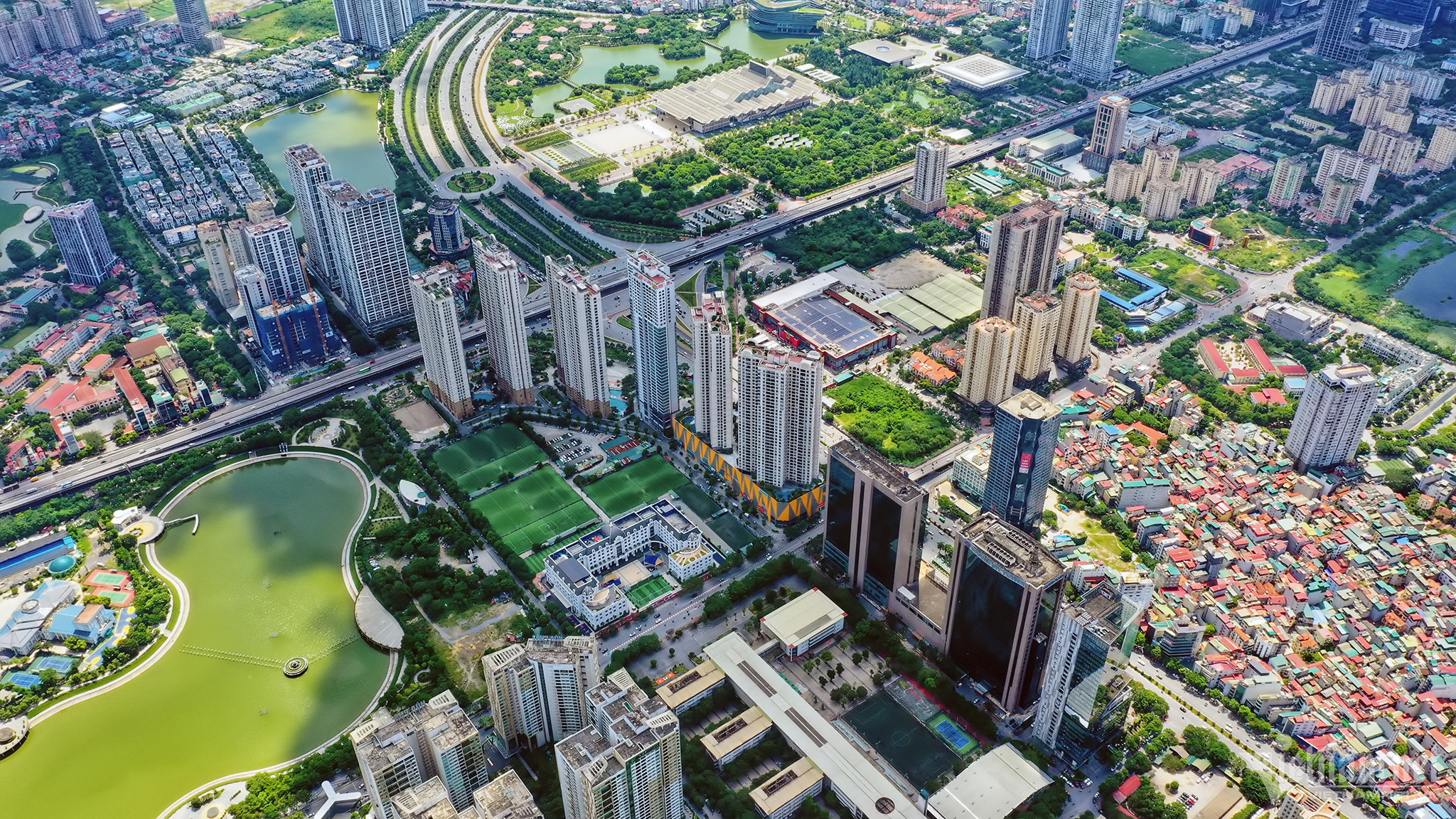
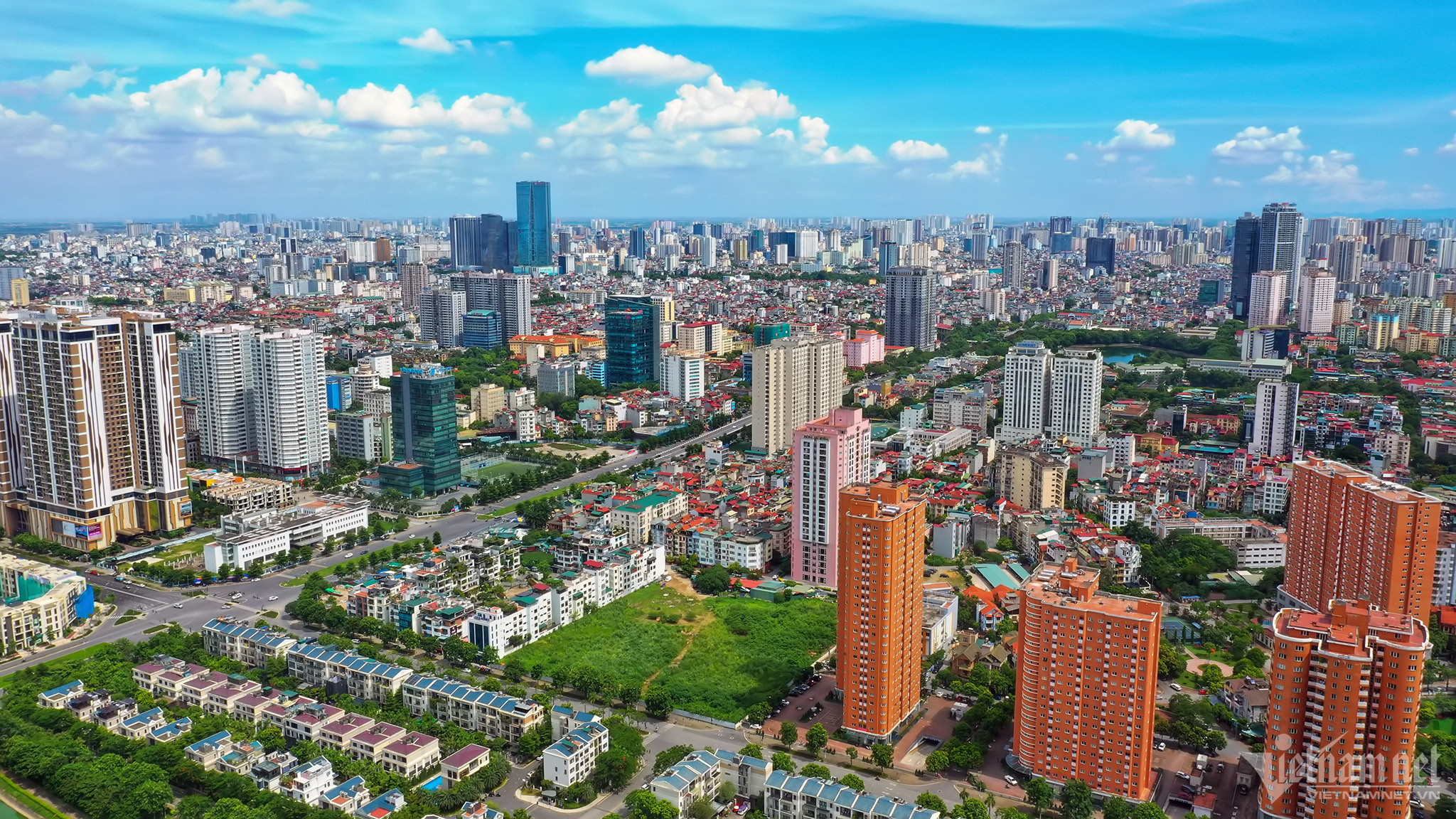
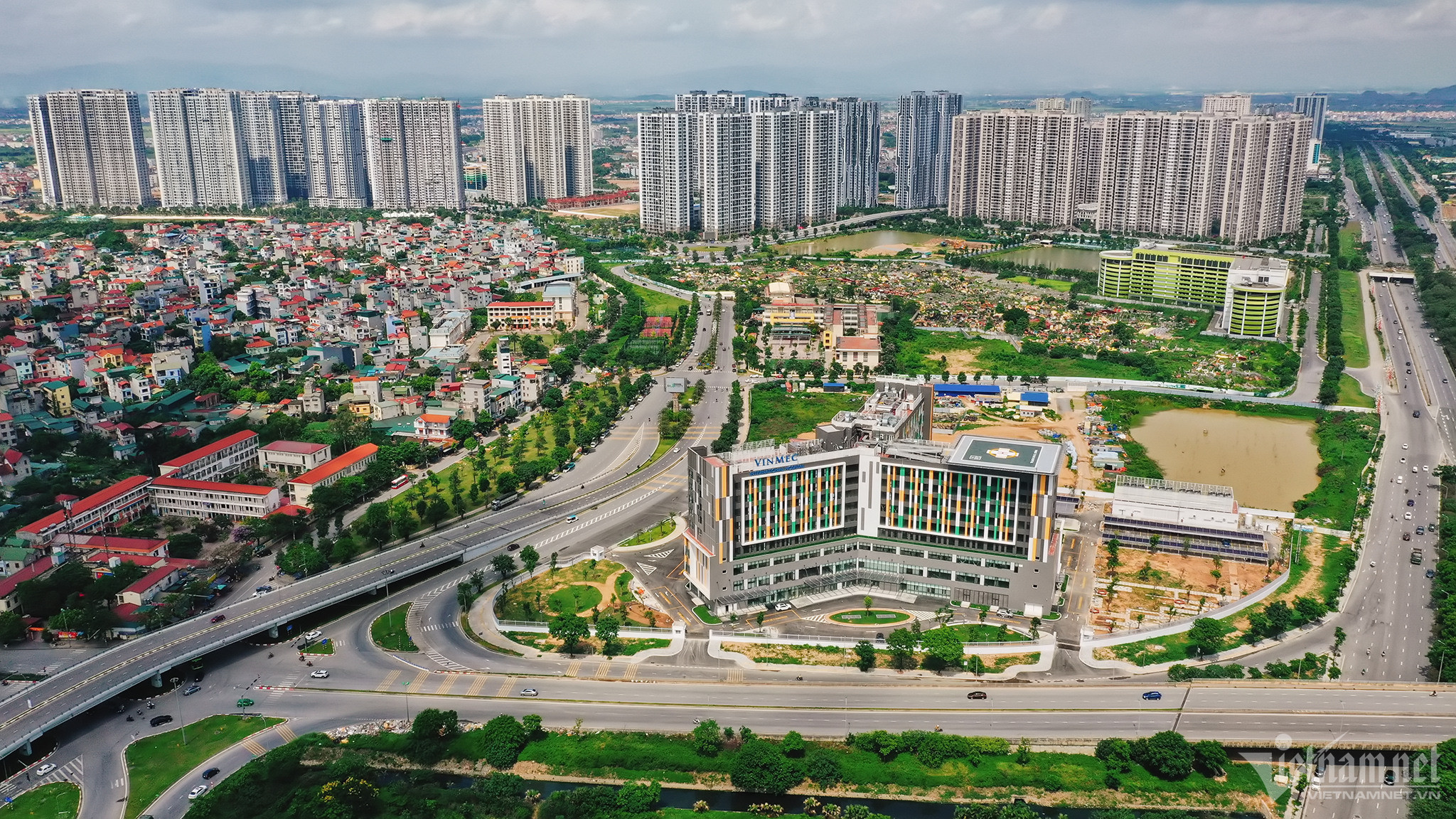
Thang Long Boulevard serves as a radial highway to the west, linking the core of Hanoi with Hoa Binh and Northwest regions. It has been operational since October 2010 with a scale of six lanes and parallel roads on both sides.
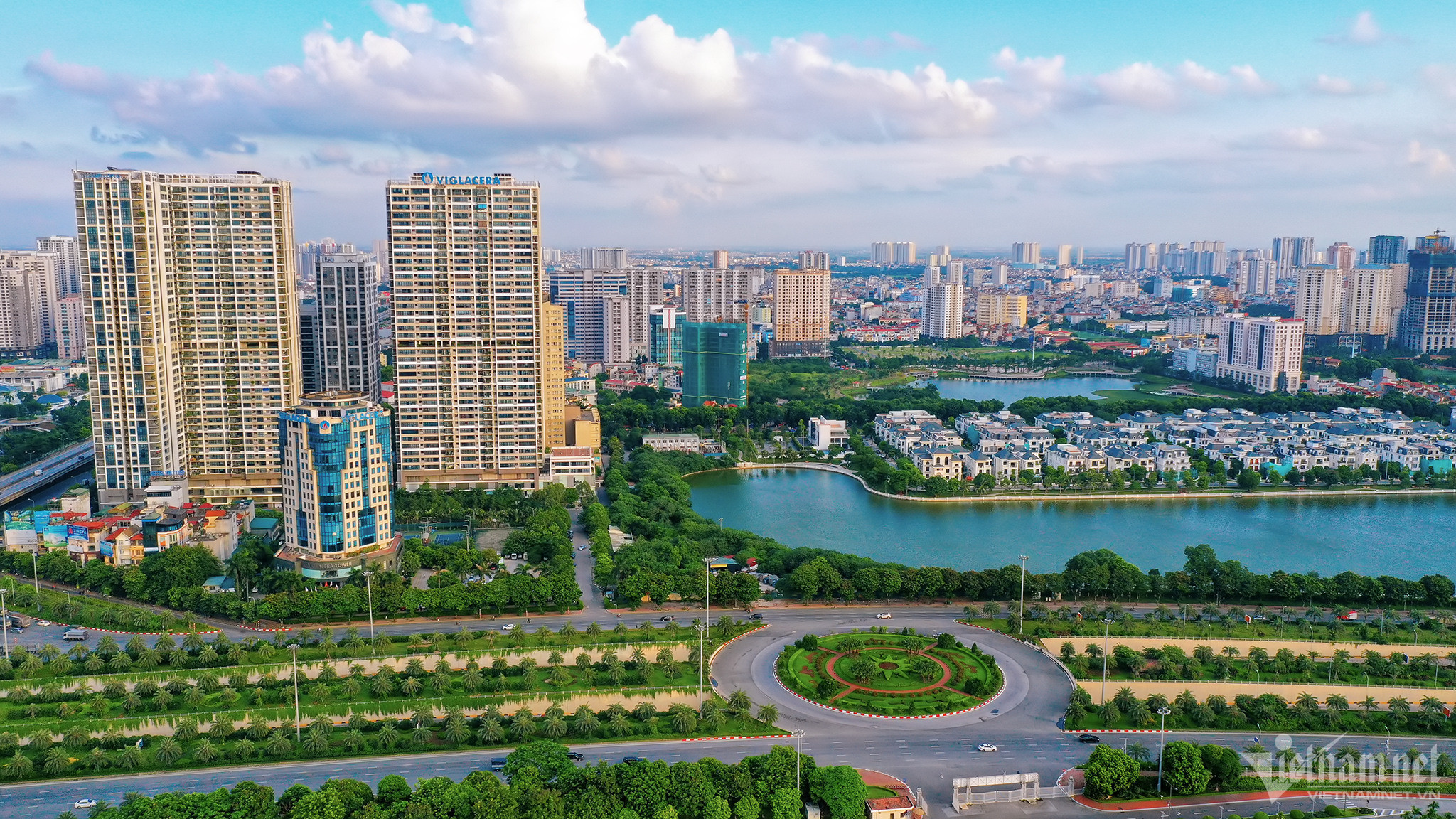
Its first name was Lang - Hoa Lac, which is a key thoroughfare within the general planning of the Xuan Mai - Mieu Mon - Hoa Lac - Son Tay urban chain. In mid-July 2010, it was renamed Thang Long Boulevard. (Photo: VNA)
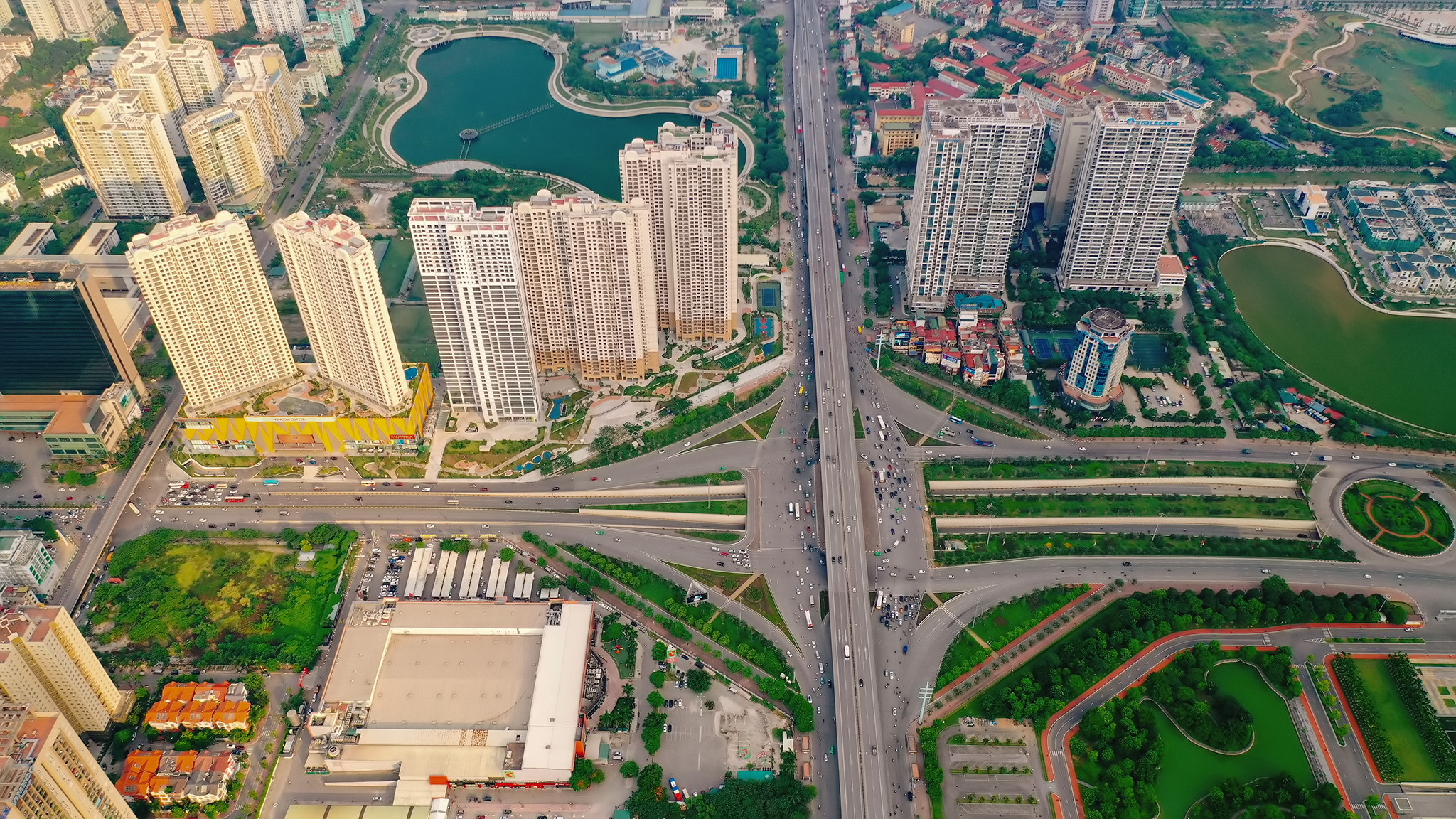
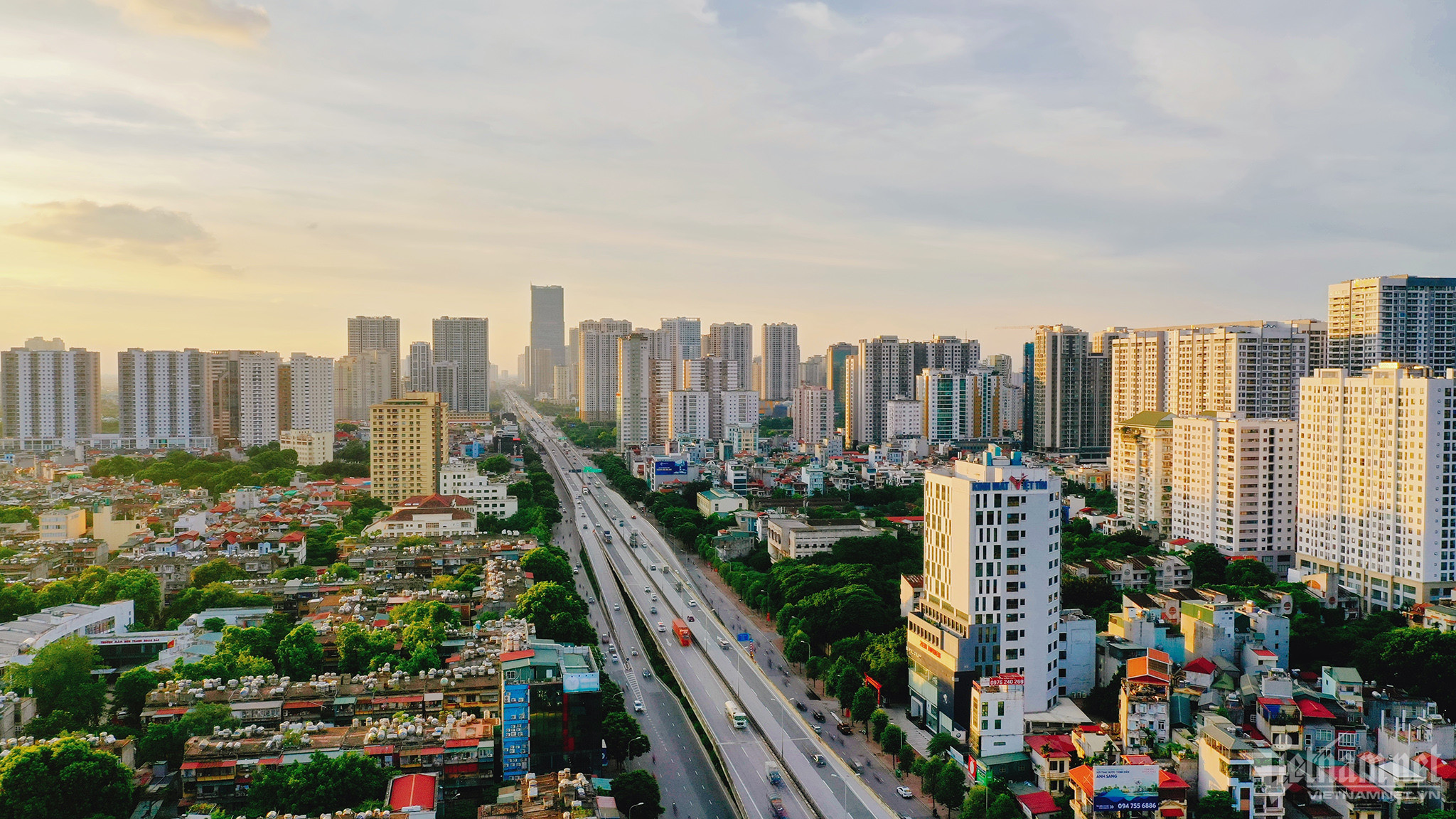
The Japan International Cooperation Agency (JICA) has a long history of cooperation for the development of Ring Road No.3 in Hanoi. Japanese ODA loans were provided for the Red river bridge construction project, Hanoi city Ring Road No.3 construction project, and new national highway No.3 and regional road network project.
In 2007, Thanh Tri bridge crossing the Red river connecting to Ring Road No.3 was completed. After that, the Northern and Southern approaching roads of the bridge opened to traffic respectively in 2009 and 2010.
Subsequently, in 2012, a 9km-section connecting the intersection of National Highway No.32 with the North side of Linh Dam lake, which is the Southwestern section of Ring Road No.3, opened to traffic. Finally, in 2014, the section connecting Hanoi and
Thai Nguyen city was also completed.
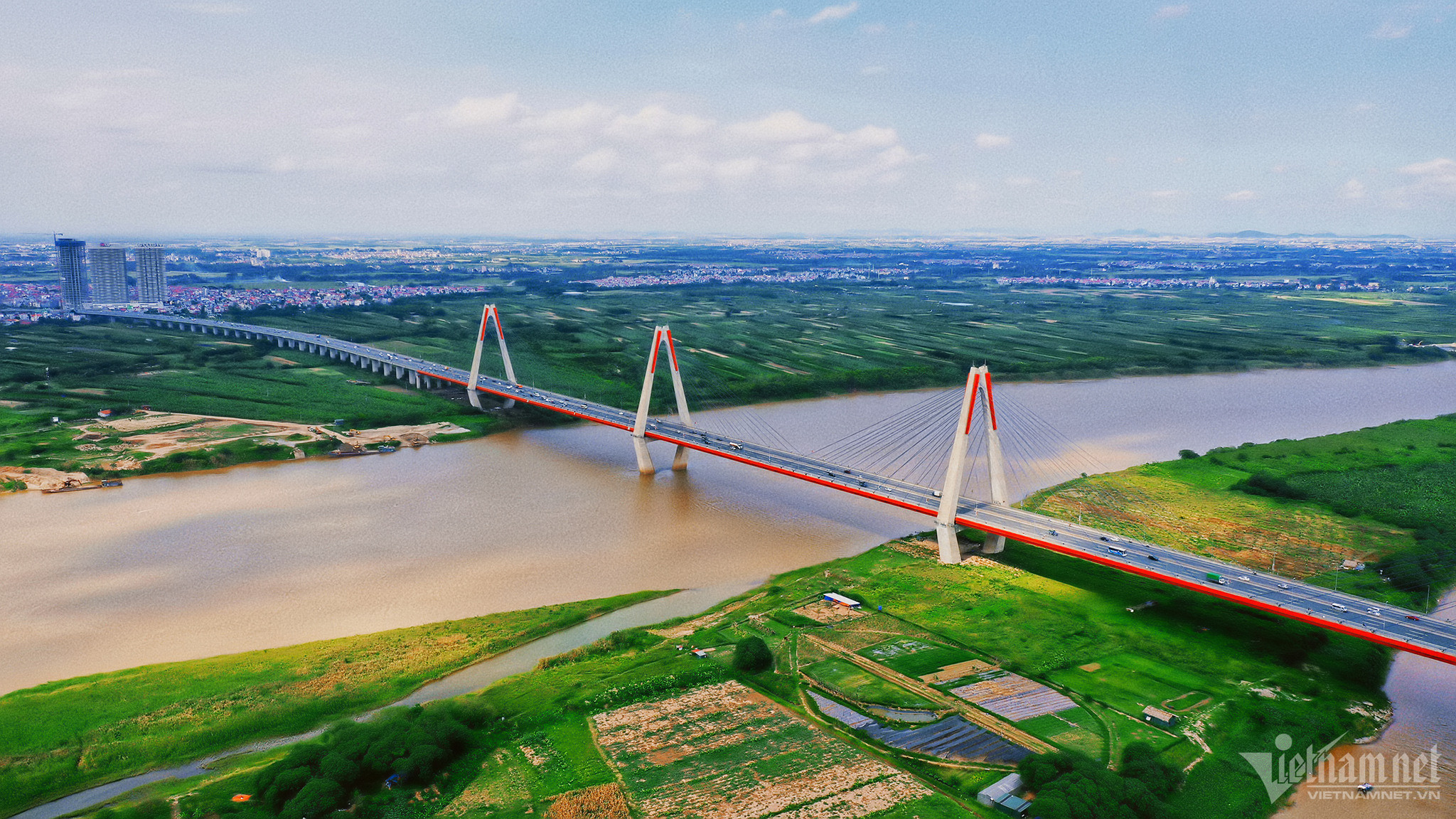
Located on Ring Road 3, the nine-kilometer Nhat Tan bridge (or Vietnam-Japan Friendship bridge) is the longest suspension bridge in Vietnam. It was opened to traffic on January 4, 2015, the same day with two other works - Vo Nguyen Giap Road and Terminal T2 of the Noi Bai International Airport. These are national key projects, with a total investment of nearly 2 billion USD, mainly from ODA loans of the Japanese Government.
Nhat Tan bridge forms part of a new six-lane highway which help shorten the road linking Hanoi’s center with Noi Bai international airport, the second busiest airport of Vietnam in passengers.
The main bridge, 1500-meter cable-stayed structure with many spans, is a very rare type of bridge in the world and it is one of the longest bridges in Southeast Asia.
The bridge’s structure is a modern type in the world, with five main towers connecting the cable-stayed spans to support the entire main part of the bridge. These five towers represent Hanoi’s five ancient gates in the old time.
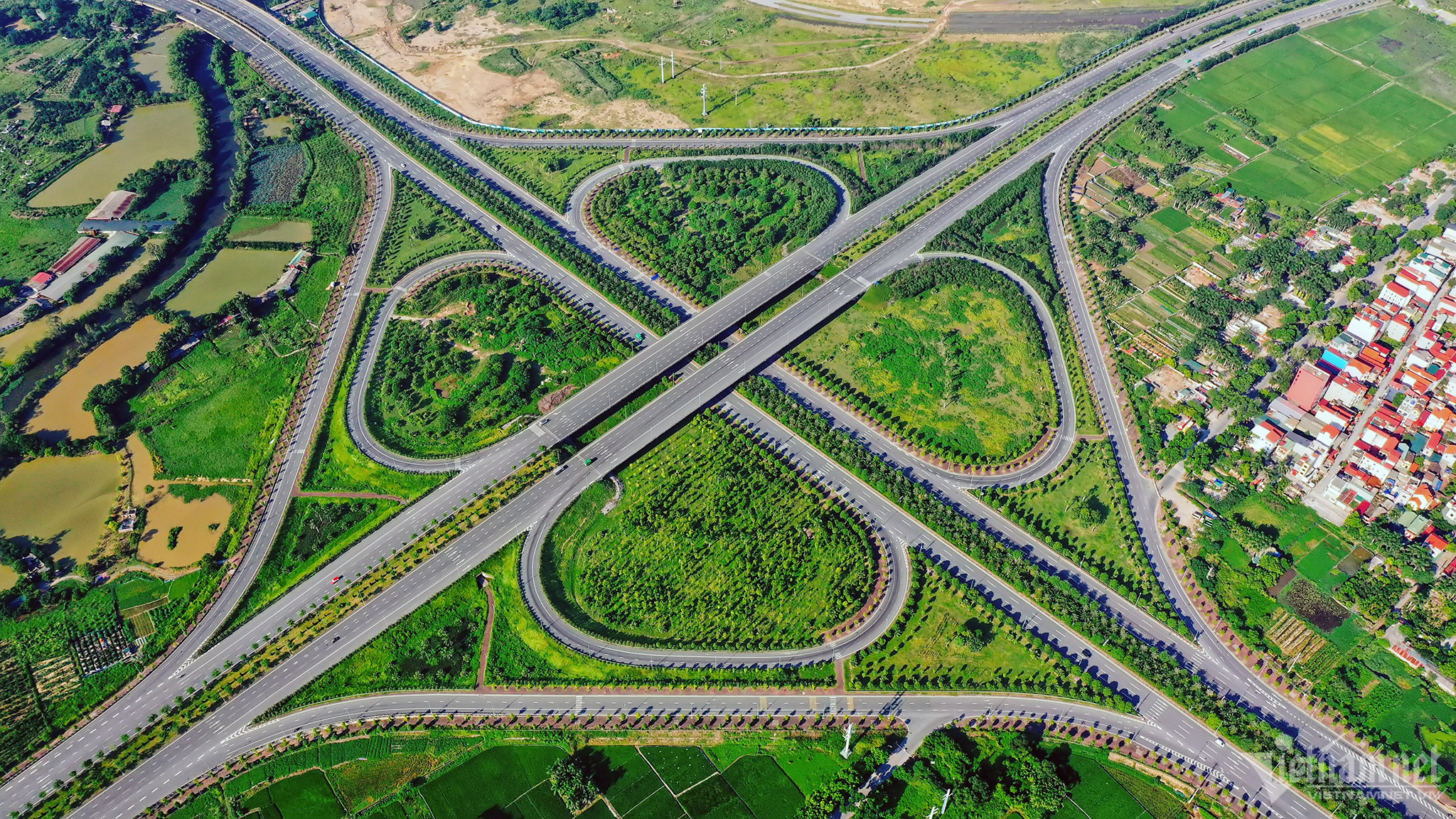
Vo Nguyen Giap Street is 12.1km long, opened to traffic at the same day of the Nhat Tan Bridge. The project has a total investment of VND 6,742 billion with the function of connecting Noi Bai airport to Nhat Tan bridge to the inner city of Hanoi to help vehicles reduce the travel time from Noi Bai airport to the center of the capital.
Vo Nguyen Giap Street has reduced the travel time from Noi Bai to the center of Hanoi to only 30 minutes, this route is connected to the North Thang Long - Noi Bai road and reduces the amount of traffic on this route.
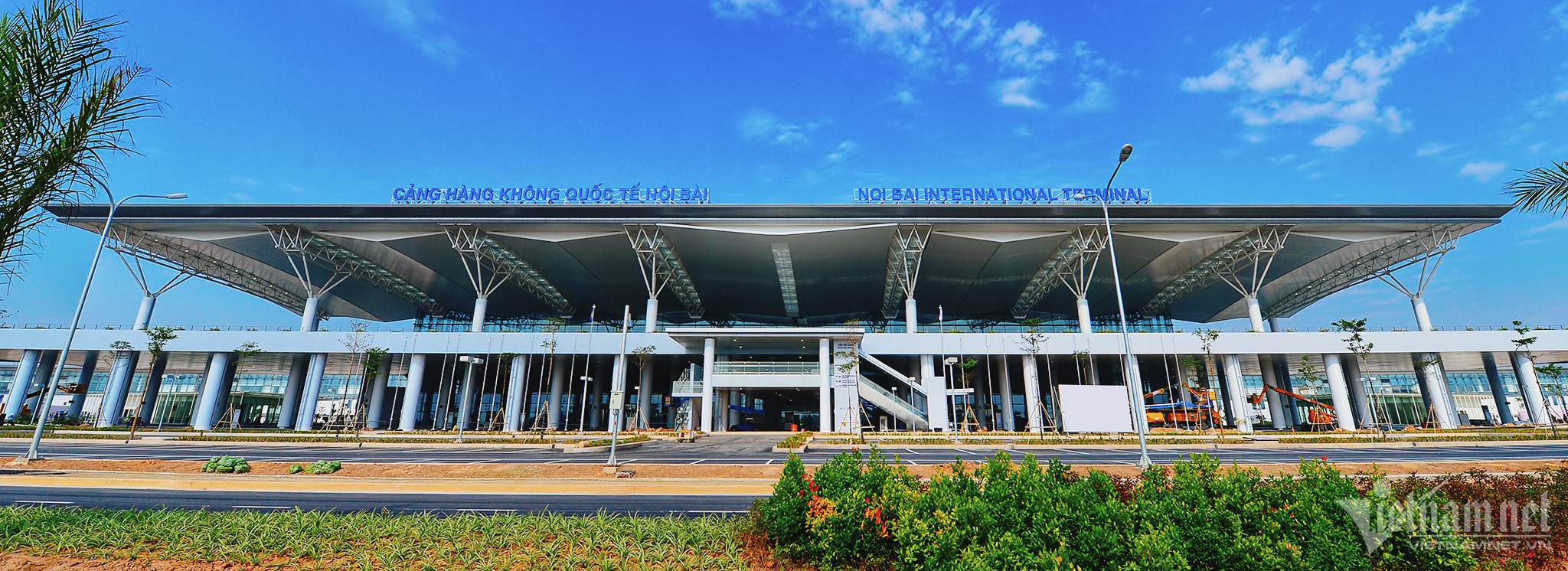
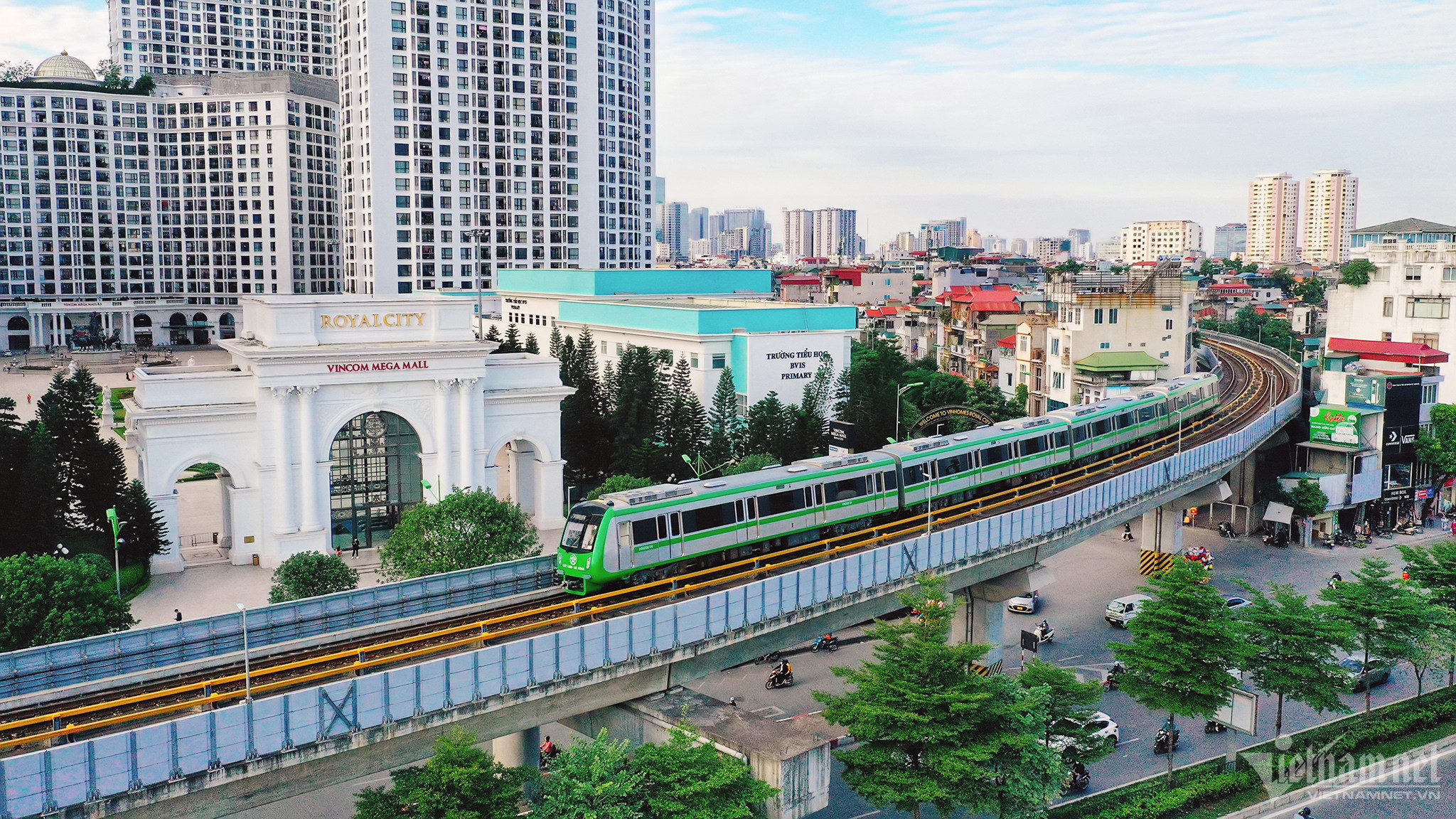
The Cat Linh - Ha Dong metro line measures 13.05km, consisting of 12 elevated stations and 13 trains. While its maximum speed is 80km per hour, the trains run at 35km per hour during normal operation. The average waiting time for passengers is between six to ten minutes. The total capital of the urban railway project was over 18 trillion VND (868 million USD), which included funding from China and the local budget.
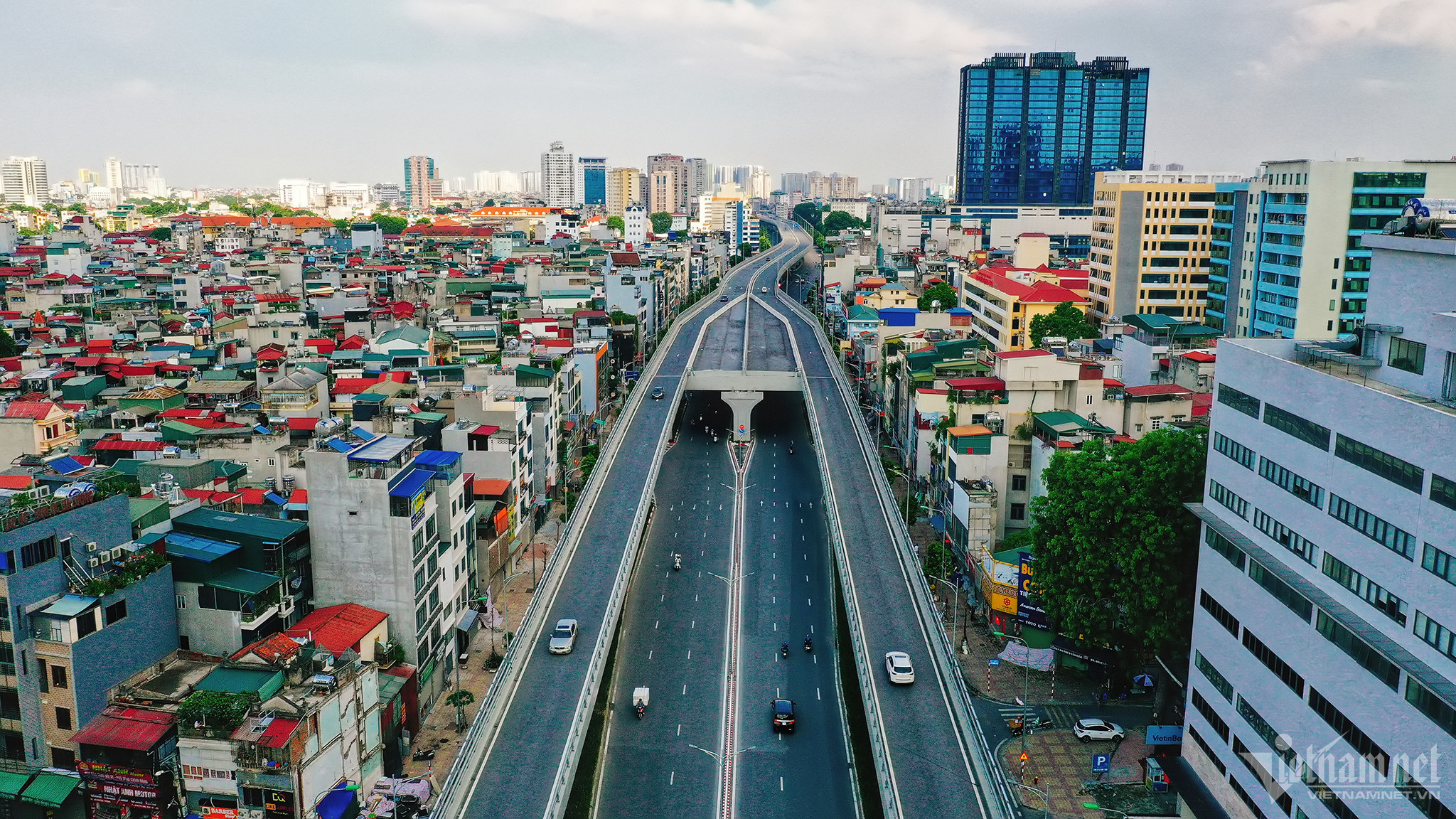
The project was invested by Vingroup Group under a Build-Transfer (BT) contract. Its construction was partially interrupted due to the COVID-19 pandemic.
With a length of 43.6 km, Ring Road No. 2 forms a traffic ring around Hanoi.

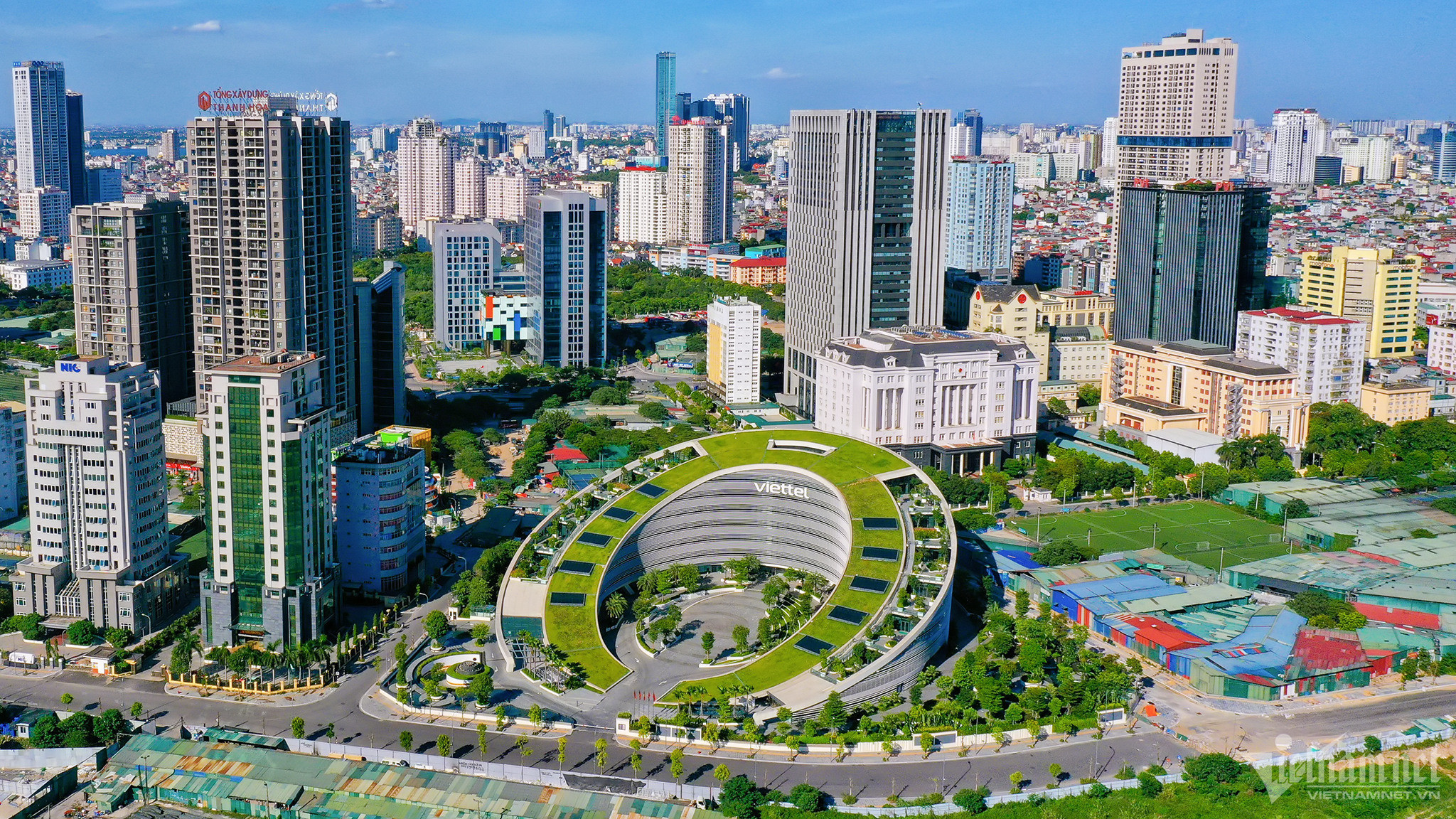
Viettel Group Headquarters, located in Cau Giay new urban area, was designed by Gensler (USA), inaugurated in 2021. This is a world-leading design consulting firm according to the prestigious organization World Architect. The building was inspired by Viettel's logo with the entire roof covered with green. The building can host about 1,000 people.
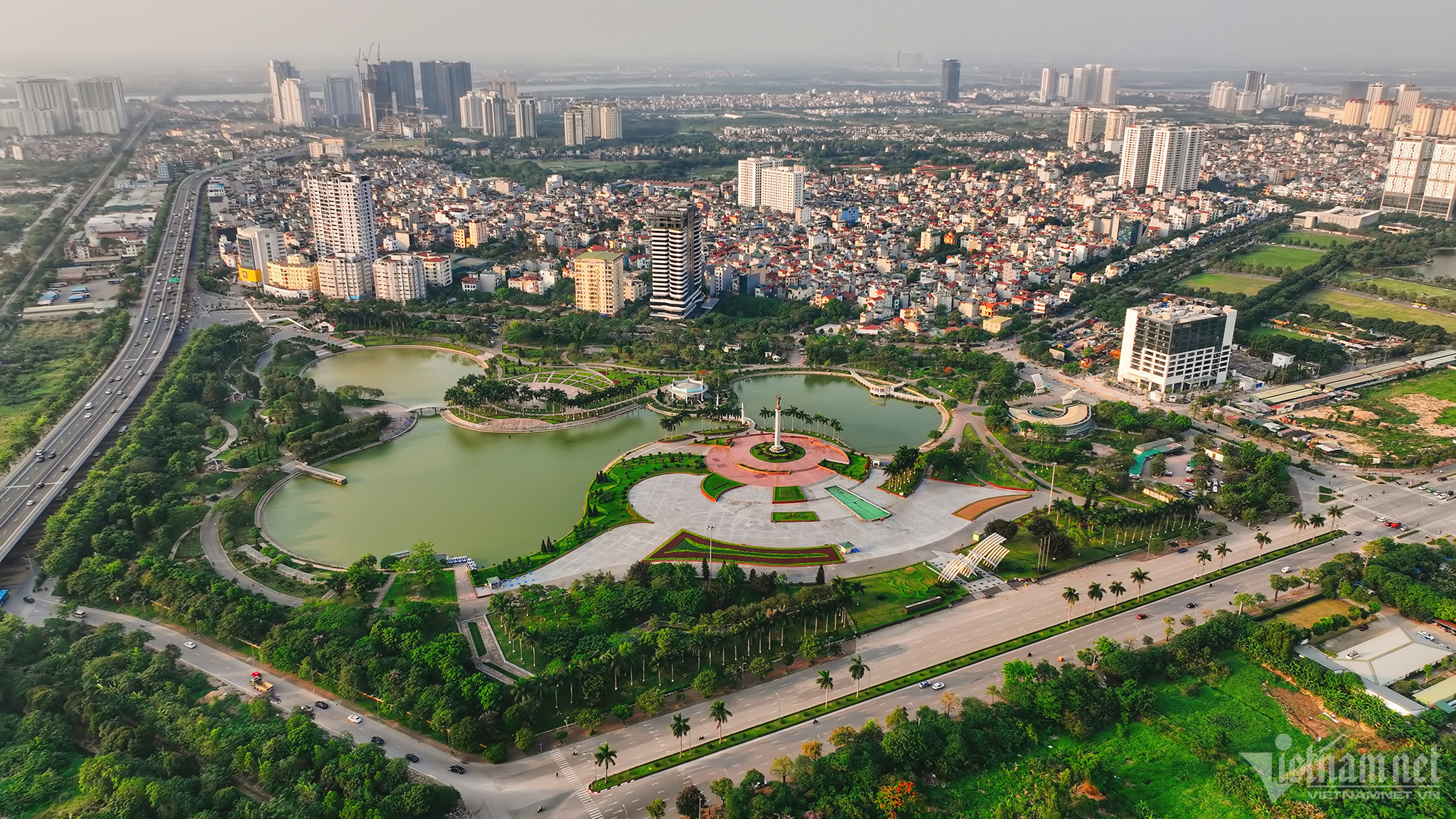
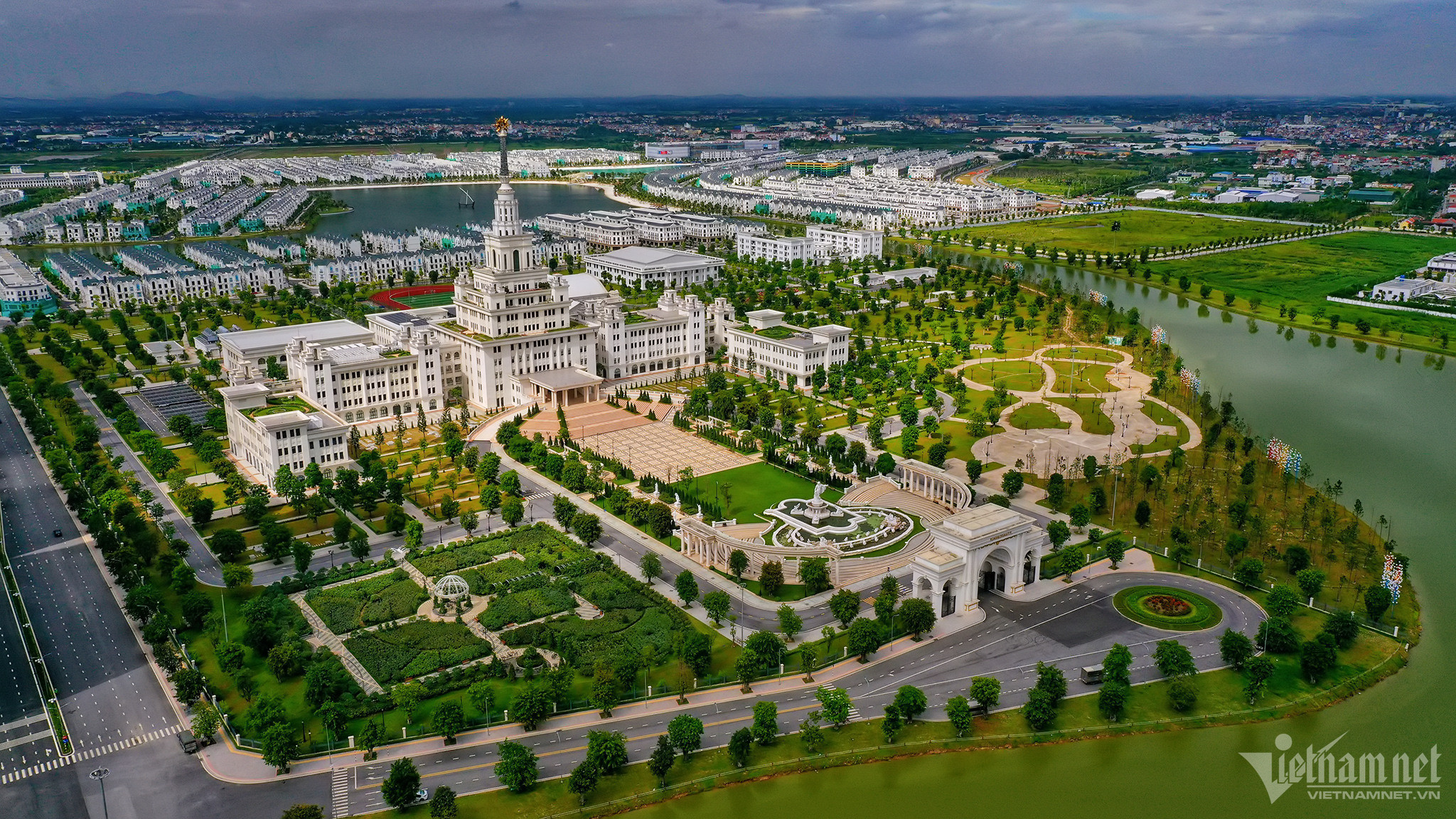
VinUni University is located in the Vinhomes Ocean Park urban area. The project has a total investment of VND 6,500 billion, covering 23 hectares. VinUni University was approved by the Prime Minister on December 17, 2019.
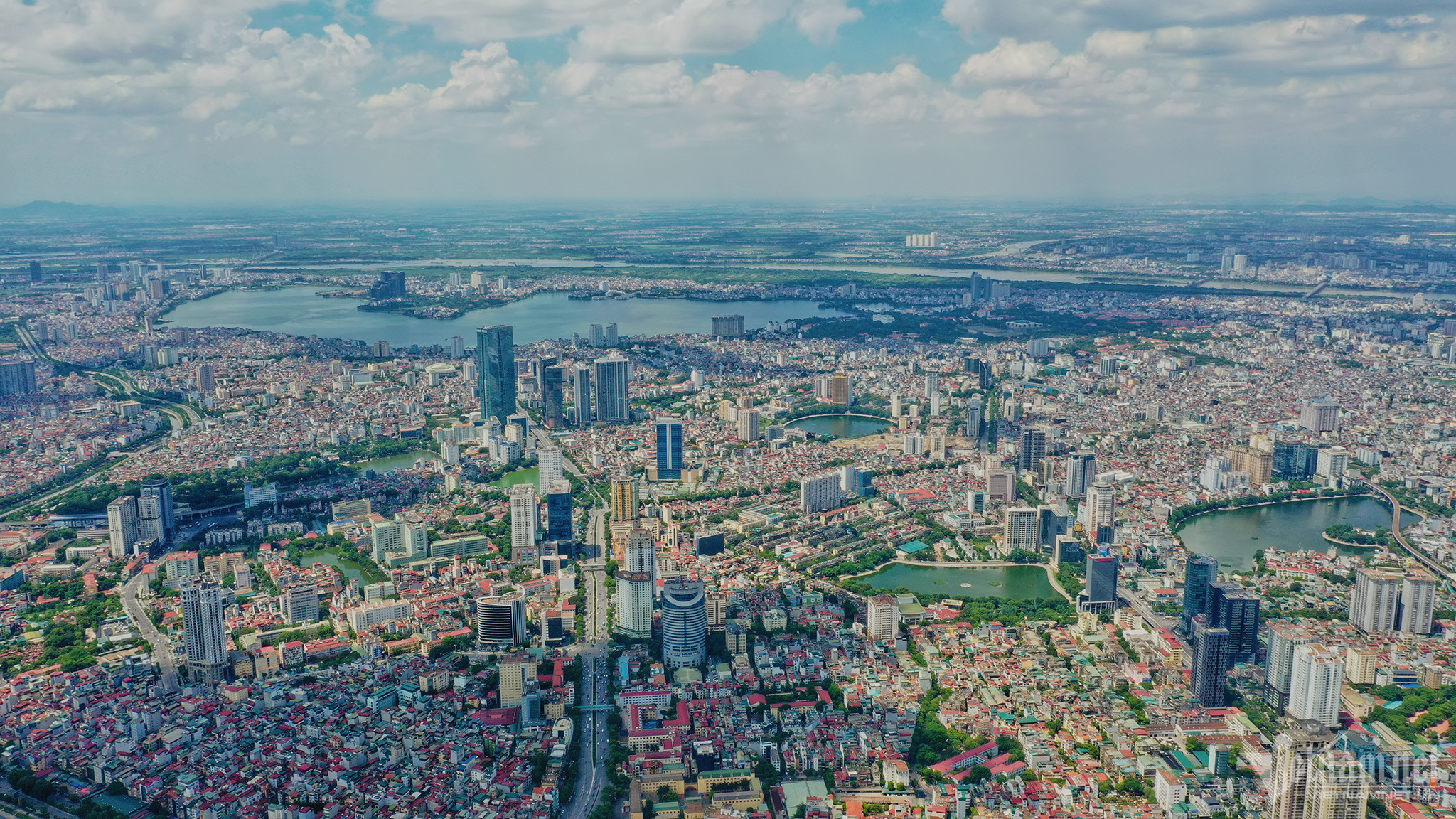
Hoang Ha